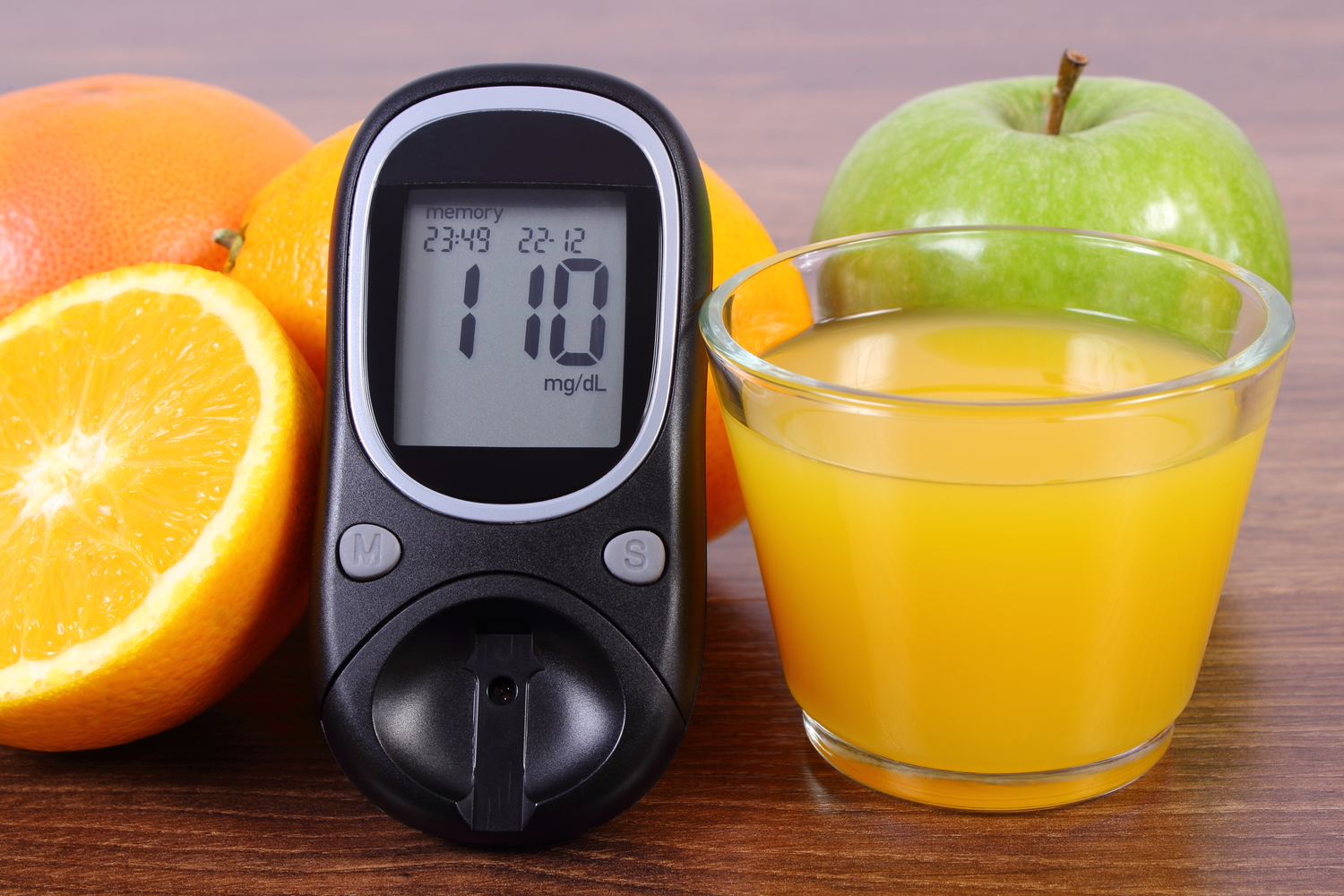
Lifestyle Changes for Managing Diabetes
The National Institute of Diabetes and Digestive and Kidney Diseases sponsored the Diabetic Prevention Program, whose study certainly paved the way for some remarkable outcomes. One of the key findings of the program is the fact that people with a high risk of type 2 diabetes can prevent as well as manage diabetes through certain dietary and lifestyle changes. These changes are ways and means to manage your blood glucose levels, which will be discussed herein.
Diet Plan
Getting appropriate nutrition therapy is important to manage your blood sugar levels. It surely makes sense to consume those kinds of food based on the levels of your insulin. Nutritional education is an important program that one needs to undergo – a critical component where the diabetic understands the importance of low glycemic index food. So what is low glycemic index food? The concept is based on the glycemic index (GI). The lower the ranking is, the better it is for the body where it helps in managing your sugar levels, blood pressure and aid in weight reduction. The following GI ratings are widely accepted:
- Low – 55 or less
- Medium – 56 to 69
- High – 70 and more
It is believed that foods with a low-GI bandwidth are highly preferred as they digest slowly and cause a very minimal or smaller rise in the blood sugar levels. On the contrary, foods with higher GI index tend to not only digest faster but also increase the blood sugar levels.
Exercise Plan
Dietary and lifestyle changes to manage diabetes include having the exercise plan and it is also crucial that no injury is sustained in the process. Hence find out what kind of exercise is appropriate for your body mass index and sugar levels. Speak to a fitness trainer who will also consider your nutrition plan and come up with the perfect plan for you. Understand that some exercises are just one the mild side, some moderate and some intense. There are also exercises that work on your skeletal muscles since these muscles are largely responsible for the disposal of glucose from the body. These subtle aspects can be rightly planned by a fitness trainer.
Smoking and Other Habits
Smoking certainly makes the whole thing difficult to handle. You cannot expect your blood glucose levels to be normal if you are smoking. Quit smoking in order to manage your diabetic levels. Alcohol, on the other hand, may cause your blood sugar levels to either rise or fall. Also, alcohol has quite a lot of calories. Unless you follow a calorie-controlled meal, consuming alcohol is a strict no-no. Alcohol also stimulates hunger which means there is an increase in the tendency to eat and it also has the potential to increase the triglyceride levels.
On a positive note, even insurance companies believe that dietary and lifestyle changes can help one manage diabetes. These companies also provide insurance for programs announced by the Diabetic Prevention Program.


